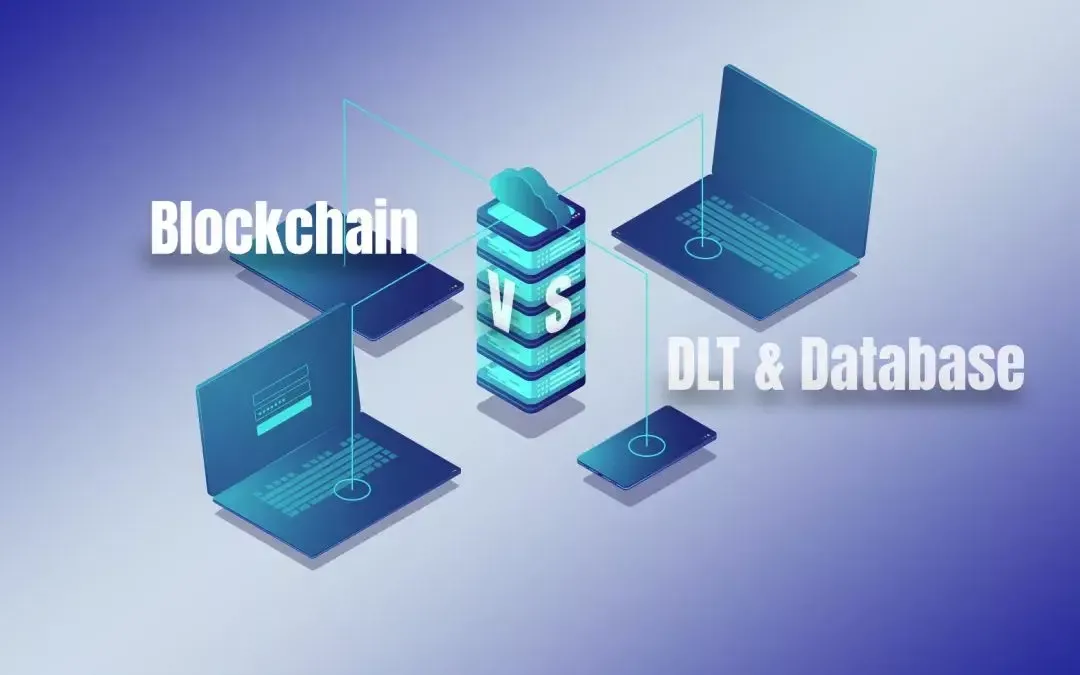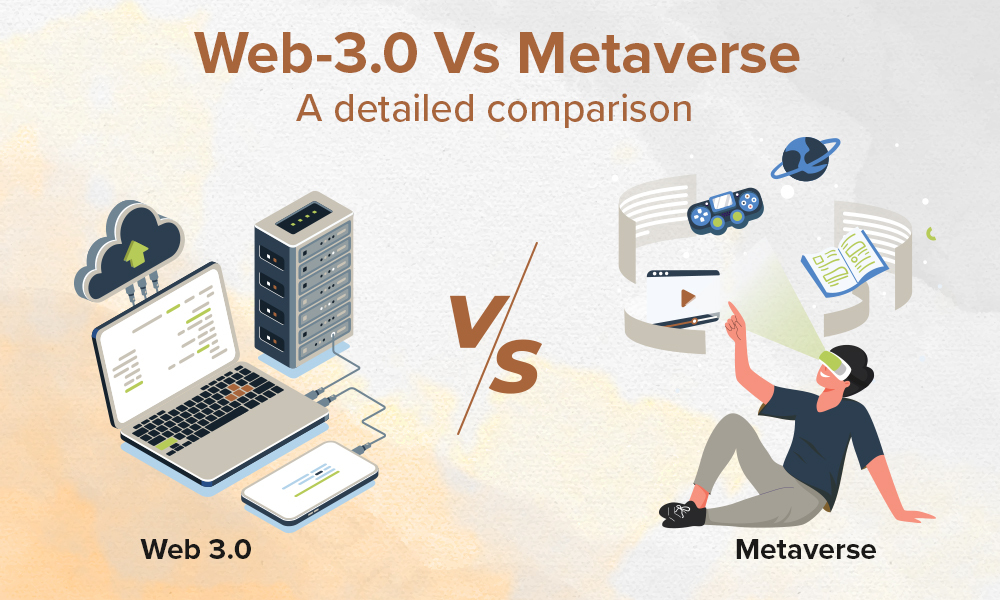Often blockchain technology is referred as a distributed ledger or database. Have you ever given it a thought that can we replace blockchain technology with the aforementioned umbrella terms? No, this a general misconception that people have, neither the term database nor DLT can be interchangeably used for blockchain.
Let’s first understand what is a database?
A structured collection of information is known as a database. These days, there are large strings of data which are pushed on the world wide web. The challenge is to store the data in a form which makes it easily accessible whenever one wishes to use it.
Databases can be:
a) Centralized;
b) Decentralized;
c) or Distributed.
Databases are a type of ledger maintained by a central authority and they lay down the rules and conditions for clients to access them. The database administrator is entrusted with the rights of writing and maintaining the data. As they are centralized in nature, there is no need to keep the previous copies of the ledger. The maintenance of a database is easy, and their output is high. Databases process works in order to create and update itself. Whenever a search query run, the applications are run independently to find the data.
Distributed Ledger Technology
A distributed ledger is a database which is spread across multiple locations or amongst several participating nodes. The ledger is decentralized in order to remove the need of a central authority. The data transactions are processed, validated and authenticated by the participating nodes. The nodes vote on the data being updated to ensure that the majority agrees with the conclusion reached. The process of voting and agreement works independently in the ledger and is called as a consensus algorithm. Once consensus has been achieved, the data on the ledger is updated automatically, and the latest version is saved on each node separately.
DLT reduces the cost of building trust across two parties and help us to reduce our dependence on banks, lawyers, notaries, government or regulatory authorities to establish trust in a trustless environment. Corda is a recent example of distributed ledger technology.
If you wish to know more about R3’s Corda blockchain, you can read our blog here.
Blockchain Technology
The blockchain is a shared database which stores information in the form of blocks. Each entry is timestamped, encrypted and the consensus of the participating nodes is achieved before the data is updated on a block. Think of blockchain as a WordPress blog, the blog that you write and publish can be read by anyone who has access to the world wide web. However, the editing rights of the back-end will be available to a few (aka participant nodes). The editing that was done at the backend and by who that can be seen by all and before the blog was published, a consensus must have been achieved to push it online. Understand in depth about the blockchain technology here.
The difference between blockchain and database
Databases are run and controlled by a central authority, whereas multiple participants maintain blockchains. The centralized authority controls the rights of access to the database whereas in blockchain the information is available to all. The participating nodes in the blockchain have the rights to add information on the blockchain through proof-of-work or consensus. In case of a database, the rights to add information remains with the entities entitled to read or write. In case of a database, the history of the previous records doesn’t need to be maintained, whereas in case of blockchain the information is stored from the beginning.
P.S.: With the introduction of the permissioned blockchain, the data in a blockchain might be controlled by a central authority, however, here we are drawing a parallel in reference to public/permissionless blockchains. Read about the difference between permissioned and permissionless blockchain.
The difference between blockchain and distributed ledger technology
The most important difference is that blockchain is just one form of the distributed ledger technology. Not all of the DLTs form a chain of blocks to store information. Blockchain has become such a universal name that DLT’s are being thought of as blockchain. Moreover, DLTs don’t need proof-of-work or proof-of-stake before the information is stored in the database. Essentially a DLT is a ledger which is spread across multiple locations, regions or participants. The removal of a central authority is what makes the concept so appealing.
Conclusion
Though blockchain has become the well-suited option to record and store information these days. It is crucial for enterprises and organizations to know how they are different from traditional databases and distributed ledgers. One must gauge the strengths and vulnerabilities of each of the aforementioned before finalizing which one is best suited for their need.



.jpg)
